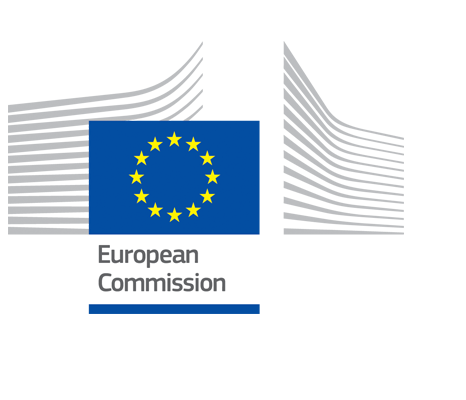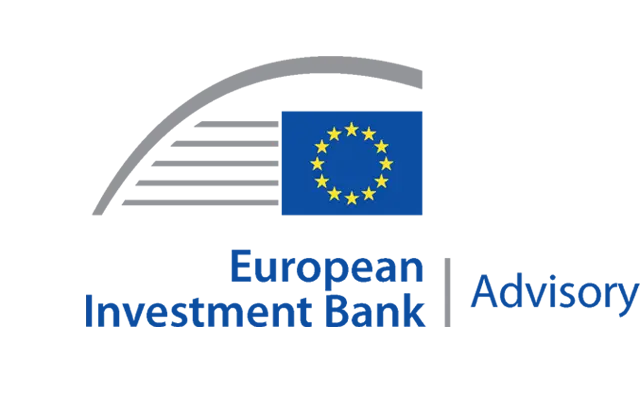Microcredit and guarantee instruments in Italy’s Marche region

Sharing knowledge and experience about financial instruments in action is a central part of the fi-compass remit. Such networking happens through information events and written case studies. One example of this peer exchange refers to lessons learned from using microcredit in Italy’s Marche region. Here, a microfinance instrument has been successfully promoting social inclusion using microcredit and a guarantee fund that can also be combined with grants and business mentoring advice. This approaches uses co-finance from both the European Regional Development Fund (ERDF) and the European Social Fund (ESF).
The financial instrument was set up to help people who had difficulty getting finance through traditional channels, as well as to boost entrepreneurship and job creation. Support for unemployed and disadvantaged people (especially young people and women) is provided through guarantees on medium-term microloans of €25 000 to €50 000, with no collateral required. In addition, start-up businesses receive free consultancy and training services in their first year.
Lessons learned from the instrument were shared by Mauro Terzoni, from the Marche Region managing authority for ERDF and ESF, during a fi-compass workshop on Microfinance under the European Social Fund in February. Speaking further to fi-compass about the useful experiences with microfinance in Marche, Mr Terzoni reiterates the importance of understanding core characteristics for microfinance instruments and how these can differ from other instruments. “From my experience, what makes microfinance different is how it is delivered and what additional services are associated with it. When we look at how the instrument is delivered, we need to consider that collateral requirements should be less stringent, if not absent. The recipients, that we target are generally excluded from the financial products available on the market because they are economically fragile. They do not represent a secure enough investment. Moreover, the delivery time needs to be shorter, while respecting detailed and strict auditing procedures”.
“We also need to appreciate the value of using associated services. Since our target audiences are not usually familiar with financial matters, it is important that the microcredit, in our case the guarantee for microcredit, is provided together with services that ensure that final recipients get the necessary knowledge to develop their activity and operate in the long term”.
Moving on to talk more about the experience from his region, Mr Terzoni explains the relevance of an effective communication strategy for financial instruments. “To raise awareness among our target recipients we carried out a widespread information campaign on guarantees for microcredit. We were aware that our target audience would be struggling to understand the opportunities that the operational programme was offering, so we launched a marketing campaign to explain the products and their purpose. We also provided a counselling service before and after the businesses were set up”.
“Experience has taught us that it is useful to closely link training for applicants with the granting of credit. To be more specific, at the end of the training only those with proven capabilities and who deserve it, should qualify for credit and guarantees. Initial training should specifically help develop the business plan, while later training should address problems in managing the business, so it is more tailored to individual needs and ensures that their activity continues sustainably”.
Reflecting on other lessons from Marche that could be useful for sharing with his counterparts in Member States’ managing authorities, Mr Terzoni spotlights two crucial pieces of advice. Firstly, “Clarifying the most appropriate choice of product to use is fundamental. This depends not only on the target final recipients but also on an economic assessment and the recent history of the region. It is a crucial part of the ex-ante assessment for any financial instrument. Guarantees and microcredit loans can be used in different ways: on the one hand, where a lengthy financial crisis has made credit difficult and expensive and has reduced public resources, a guarantee fund is an effective tool which ensures a very high leverage effect which helps people access credit. On the other hand, in less critical times, and having identified a market failure, loans make it possible to match the investment to specific jobs and sectors”.
A second key recommendation from Mr Terzoni relates to the combination of financial instruments and incentive grants. “Using the two together can ensure that public resources are used efficiently, with both leverage and revolving effects, and at the same time increase the recipient’s responsibility through their own contributions to co-financing”.
More information on microfinance instruments is available on the fi-compass website, including a factsheet on financial instruments working with microfinance.

